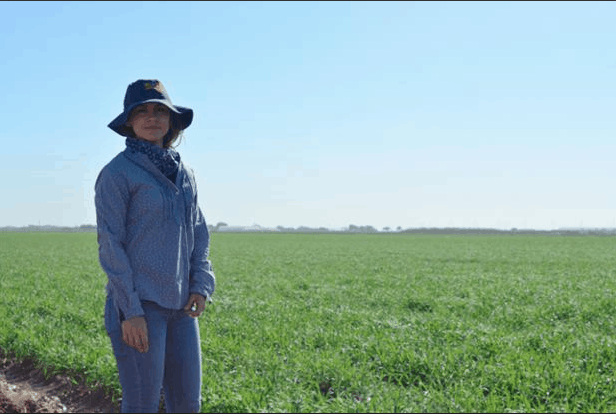For a food secure future, we first need to look at how we manage data
“Data management can seem like an afterthought. But having more controlled and optimized workflows will become crucial for breeding programs as data volumes increase,” says Carolina Rivera.

The world needs to produce food faster than ever before if it is to feed the 9 billion people estimated for 2050.
If we are to achieve that, we need to first improve the way we collect and share information, says Carolina Rivera, a wheat physiologist at the International Maize and Wheat Improvement Center (CIMMYT) and data coordinator with the International Wheat Yield Partnership (IWYP).
“The data tells us that we won’t meet future demand unless we’re able to significantly increase genetic gains,” says Rivera.
Current annual genetic yield gains of cereals range from 0.5 to 1 percent, meaning that genetic improvements made to crops by scientists are at best resulting in 1 percent higher yields than the previous year, notwithstanding the possibility of improvements due to crop management which is known to be much harder for resource-poor farmers to implement.
Demand for wheat by 2050 is predicted to increase by 70 percent from today’s levels due to population growth and dietary changes, but the challenges to wheat production are stark and growing. The crop is at risk from new and more aggressive pests and diseases, diminishing water resources, limited available land and unstable weather conditions related to climate change.
Katelyn Roett
Mexico City, Mexico
This article’s original version is posted on the CIMMYT blog.




